
Cetonia aurata Scarabaeidae Ukbeetles
Cetonia carthami aurataeformis Curti 1913 (Scarabaeidae: Cetoniidae) Endemic subspecies of the Iberian Peninsula [42] Larvae feed on wood and litter in tree hollows [43], while adults are flowers.

Нашествие личинок. Вот что бывает когда приютишь пару бронзовок
Cetonia Aurata — Hooligan in the Flower Garden On August 17, 2018 By expert Spread the love Contents: Invasion; Feed base Cetonia ; Ways of dealing with Cetonia aurata; When this beetle first appeared on the site (and he was very lonely), we looked at him with interest. It is believed that the insect is unique because we have never met it before.

Cetonia aurata Scarabaeidae Ukbeetles
Cetonia aurata, called the rose chafer or the green rose chafer, is a beetle, 20 millimetres (3 ⁄ 4 in) long, that has a metallic structurally coloured green and a distinct V-shaped scutellum.The scutellum is the small V-shaped area between the wing cases; it may show several small, irregular, white lines and marks. The underside of the beetle has a coppery colour, and its upper side is.
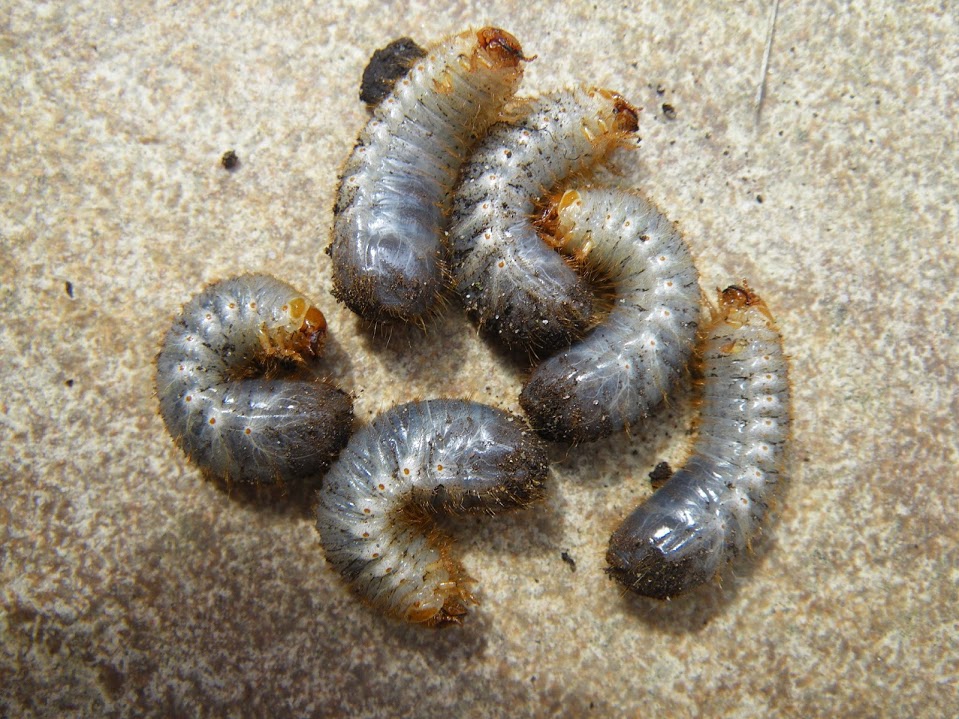
Lombrico Italia Differenza fra larve di Cetonia e Maggiolino
Cetonia carthami aurataeformis Curti 1913 (Scarabaeidae: Cetoniidae) Endemic subspecies of the Iberian Peninsula [42] Larvae feed on wood and litter in tree hollows [43], while adults are flowers.
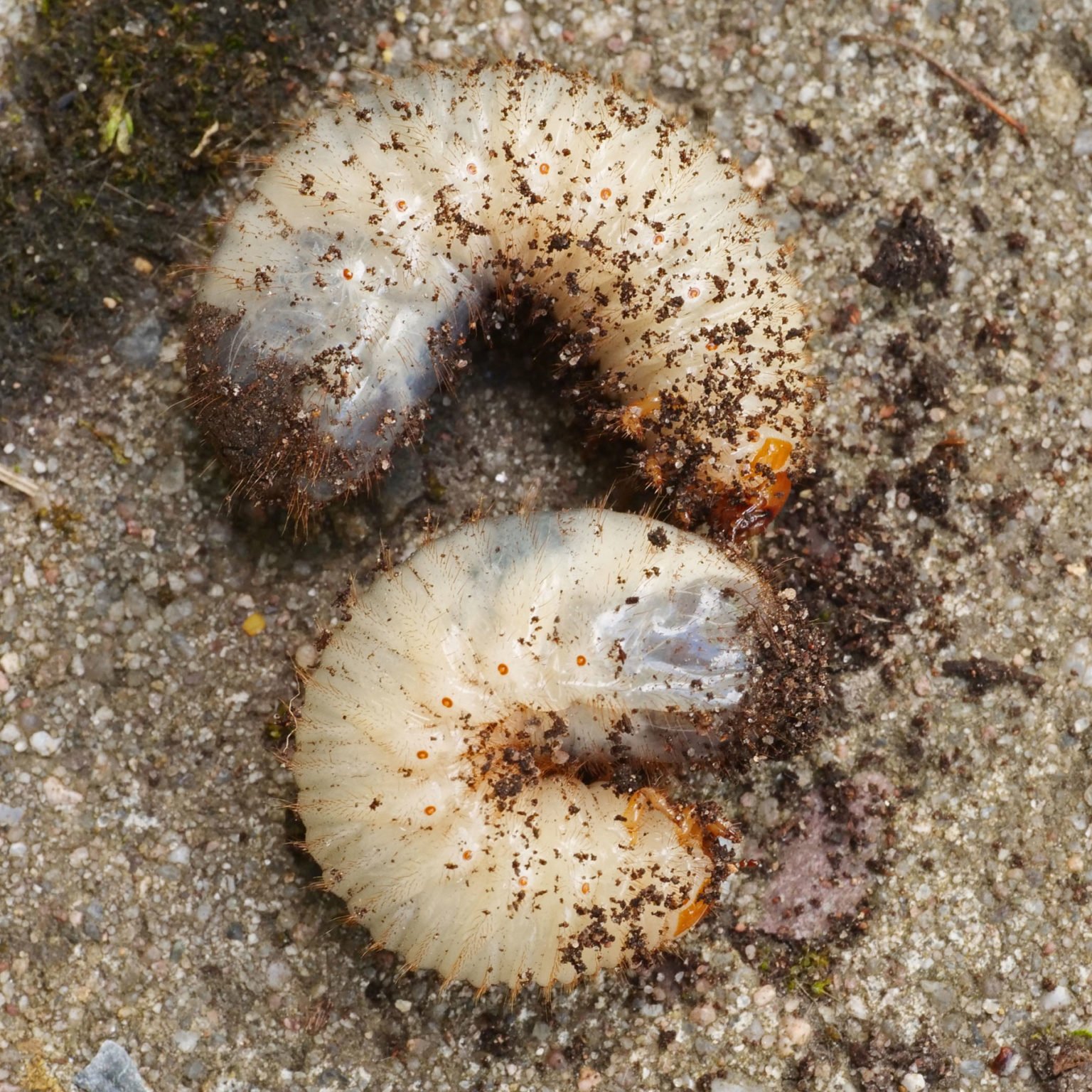
Rosenkäfer (Larven, Engerlinge)
In identifying the rose chafer ( Macrodactylus subspinosus syn. Cetonia aurata ), one will note that it is a tan, long-legged, slender beetle from 5/16 to 15/32 inches long (8-12 mm.). As you can see, this beetle is smaller than the Japanese beetle and does differ in appearance. They are, however, alike in the appetite and the damage they do.

Cetonia Aurata Larva Free photo on Pixabay Pixabay
Cetoniinae | uk beetles CETONIINAE Leach, 1815 Flower Chafers Only poorly represented in Britain, most of our species are very local and rare. At present only the rose chafer, Cetonia aurata is frequently encountered. Suborder: Superfamily: Family: Tribes: Genera: Species: Size: POLYPHAGA Emery, 1886 SCARABAEOIDEA Latreille, 1802
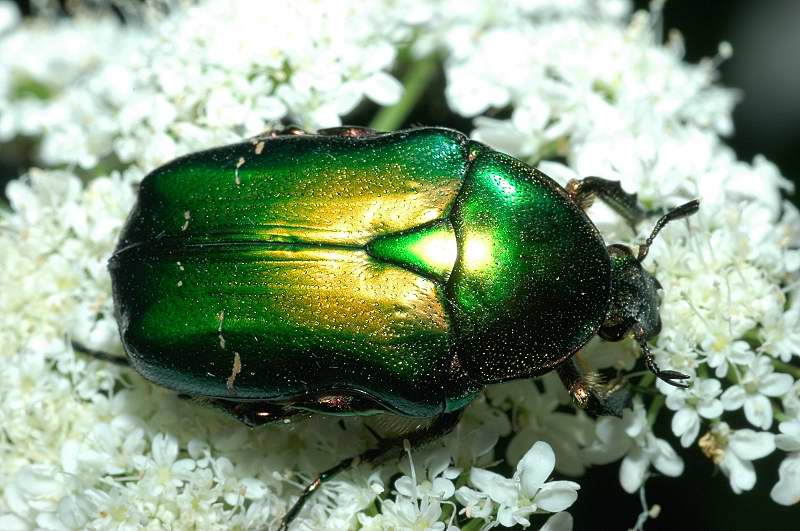
Larva di Cetonia aurata , Forum Natura Mediterraneo Forum Naturalistico
Origin: native What do rose chafers look like? Adults: are iridescent emerald green and purple-bronze in colour, and covered in fine hairs. They are large beetles, measuring around 20mm in length, and have a V-shape on the back, where the wing cases meet. Larvae: are yellow-white and curved in a C-shape.
47 Best Of Cetonia Aurata Larvae insectza
Cetonia aurata | Scarabaeidae | Ukbeetles
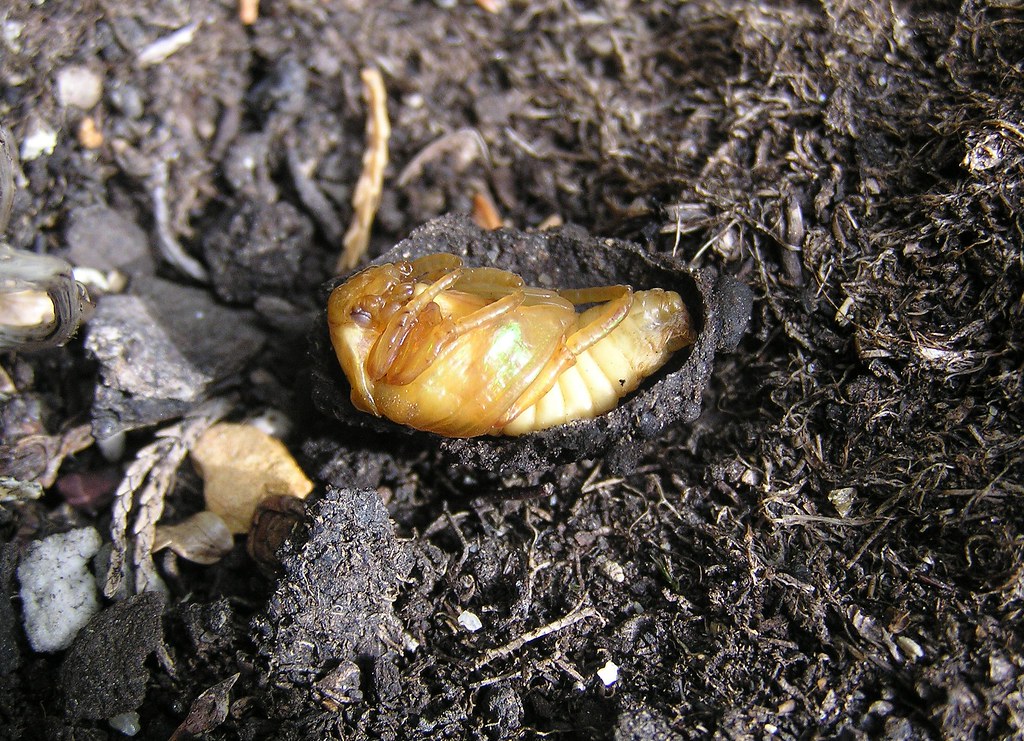
Larve de Cetonia aurata Cétoine dorée ou des ro… Flickr
Rose chafer Rose chafer Cetonia aurata (Linnaeus, 1758) (Coleoptera: Scarabaeidae: Cetoniinae) Rose chafers are beautiful iridescent flower chafers, about 15-21 mm long. The photos shown below try to illustrate its life cycle. They were all taken by myself in Colchester, Essex, CO3 3AT, UK. Colchester being a remarkable hot-spot for rose chafers.

Cetonia Aurata Larva Stock Photos Free & RoyaltyFree Stock Photos
The Green Rose Chafer or simply Rose Chafer (Cetonia aurata) is a beetle from the family of scarab beetles (Scarabaeidae) that is often found in parks and gardens. Incidentally, the cockchafers also belong to this family. The beetles fly from April to November. They feed on nectar and plant juices and are often found in the blossoms of roses.
Larva di Cetonia aurata , Forum Natura Mediterraneo Forum Naturalistico
Size: 20 mm (0.78 inches) Color: They have a metallic green body, marked with small white lines running irregularly all over their body. While the undercol3s have a coppery tinge, the upper part is mostly violet, bronze, grey, bluish-black, or copper.
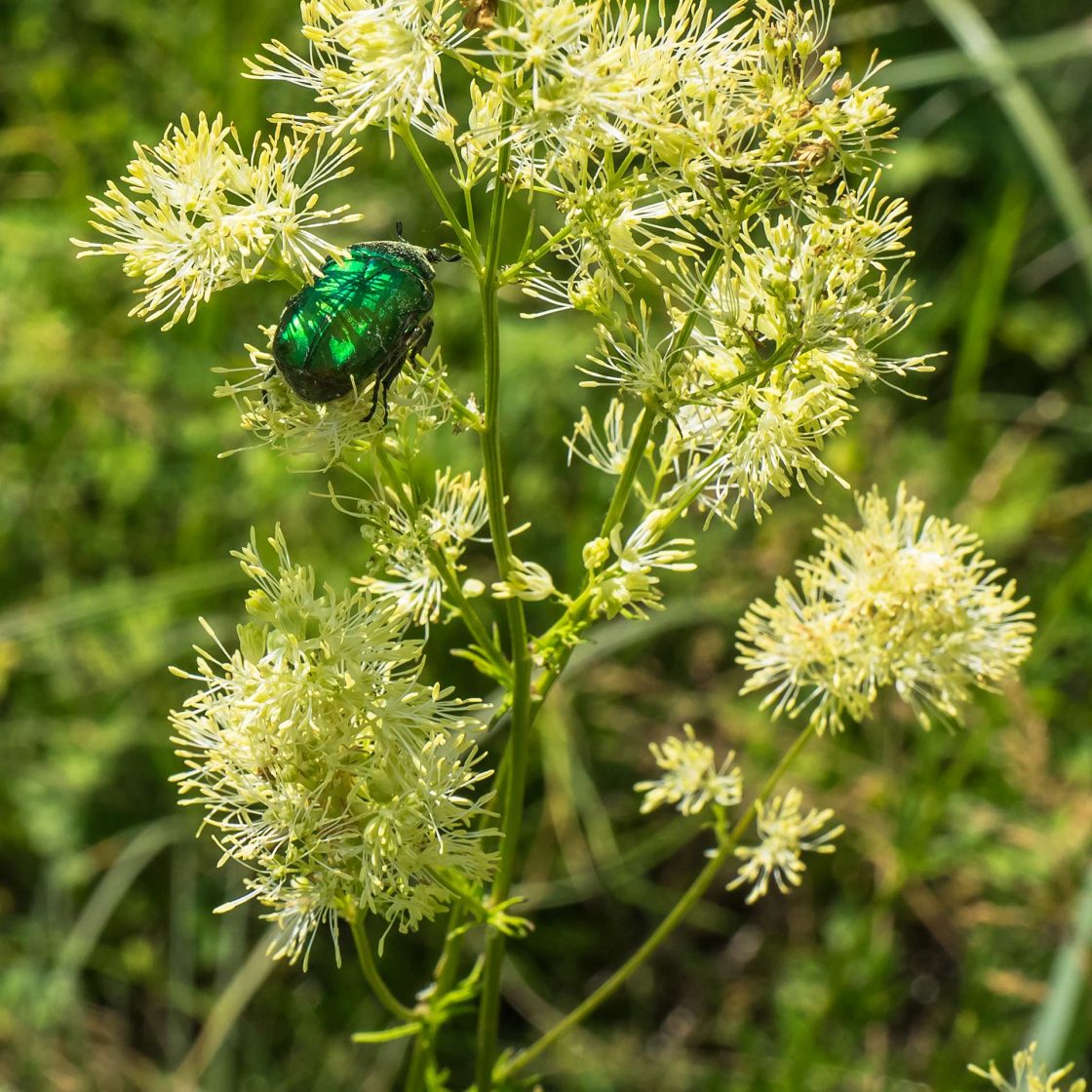
Cetonia aurata cetonia dorata, scarabeo dorato, la ‘cantilena
Among the allotmenteers they are known as "cockchafer"; elsewhere they can also be called chafer grubs or rook worms. However there is some confusion here as regards these common names, the true cockchafer, or May bug, is supposed to be Melolontha melolontha, which it is very rare in this area.
Larva di Cetonia aurata , Forum Natura Mediterraneo Forum Naturalistico
Cetonia aurata, called the rose chafer or the green rose chafer, is a beetle, 20 millimetres (3⁄4 in) long, that has a metallic structurally coloured green and a distinct V-shaped scutellum. The scutellum is the small V-shaped area between the wing cases; it may show several small, irregular, white lines and marks. The underside of the beetle has a coppery colour, and its upper side is.

Life in the garden, Larvae cetonia aurata on the ground. Larva of
Action of the saproxylic scarab larva Cetonia aurataeformis (Coleoptera: Scarabaeoidea: Cetoniidae) on woody substrates. Breznak et al. 1974), the scarab Cetonia aurata L. (Citernesi et al. 1977) and the stag beetle Dorcus rectus (Motschulsky) (Kuranouchi et al. 2006). Suh et al. (2003) showed a widespread association of pas- salid beetles.
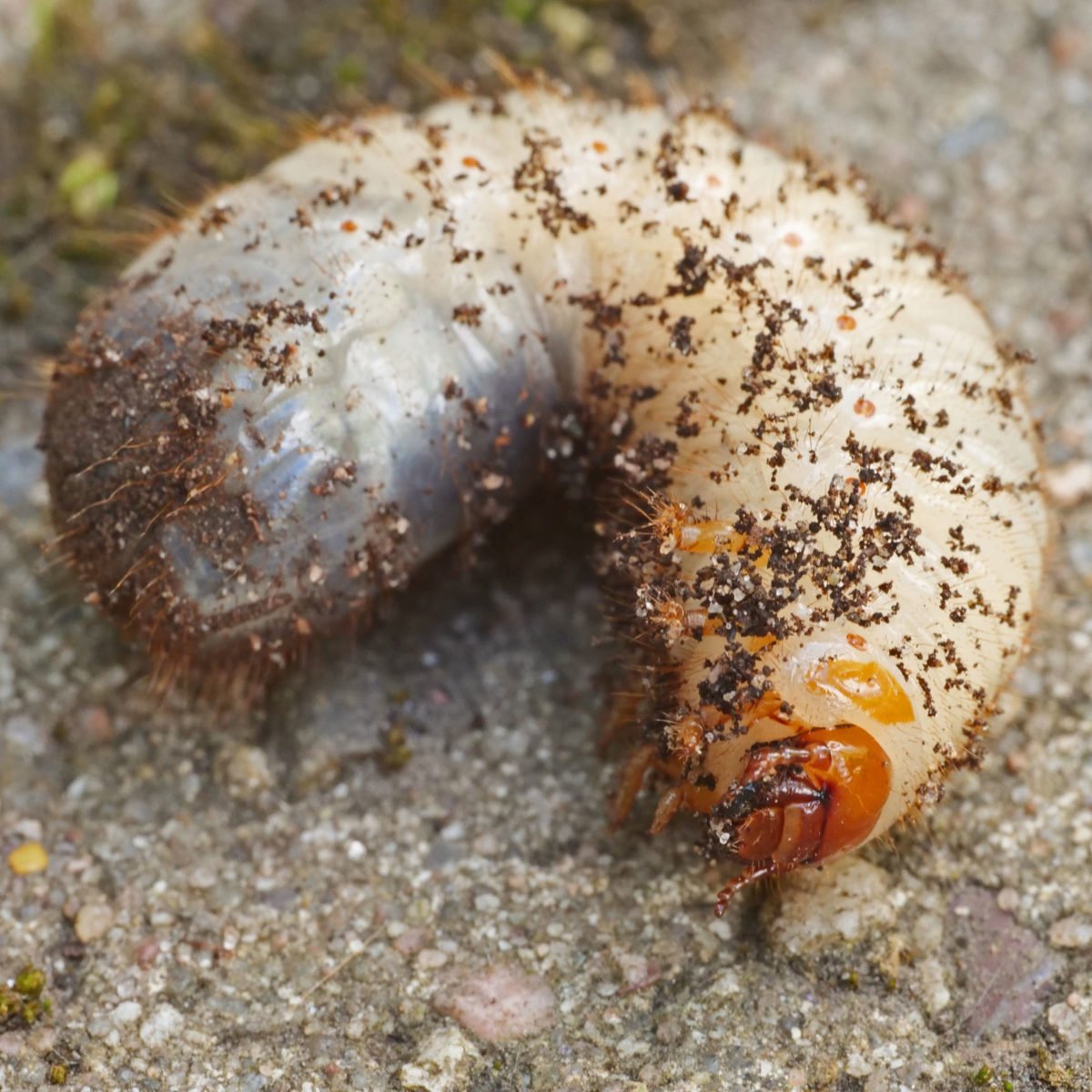
Rosenkäfer (Larven, Engerlinge)
Cetonia aurata larvae burying themselves as quick as possible. For more visit http://maria.fremlin.org/cetonia_aurata/
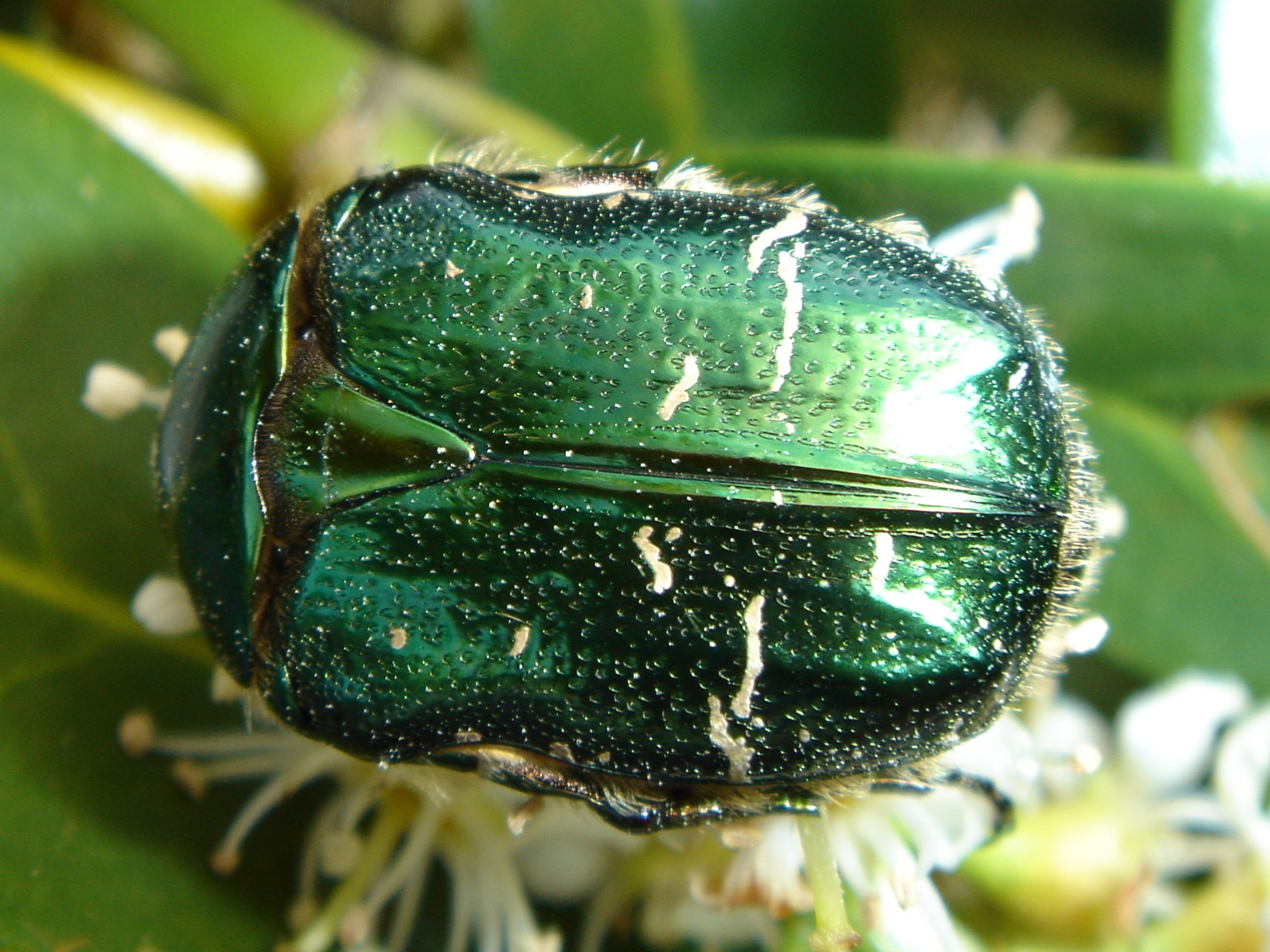
Cetonia aurata Chris Schuster
Cetonia aurata (flower, beetle) Author: CABI Authors Info & Affiliations Publication: CABI Compendium https://doi.org/10.1079/cabicompendium.16834 Datasheet Type: Pest Get Access Abstract This datasheet on Cetonia aurata covers Identity, Distribution, Hosts/Species Affected, Natural Enemies. Get full access to this article